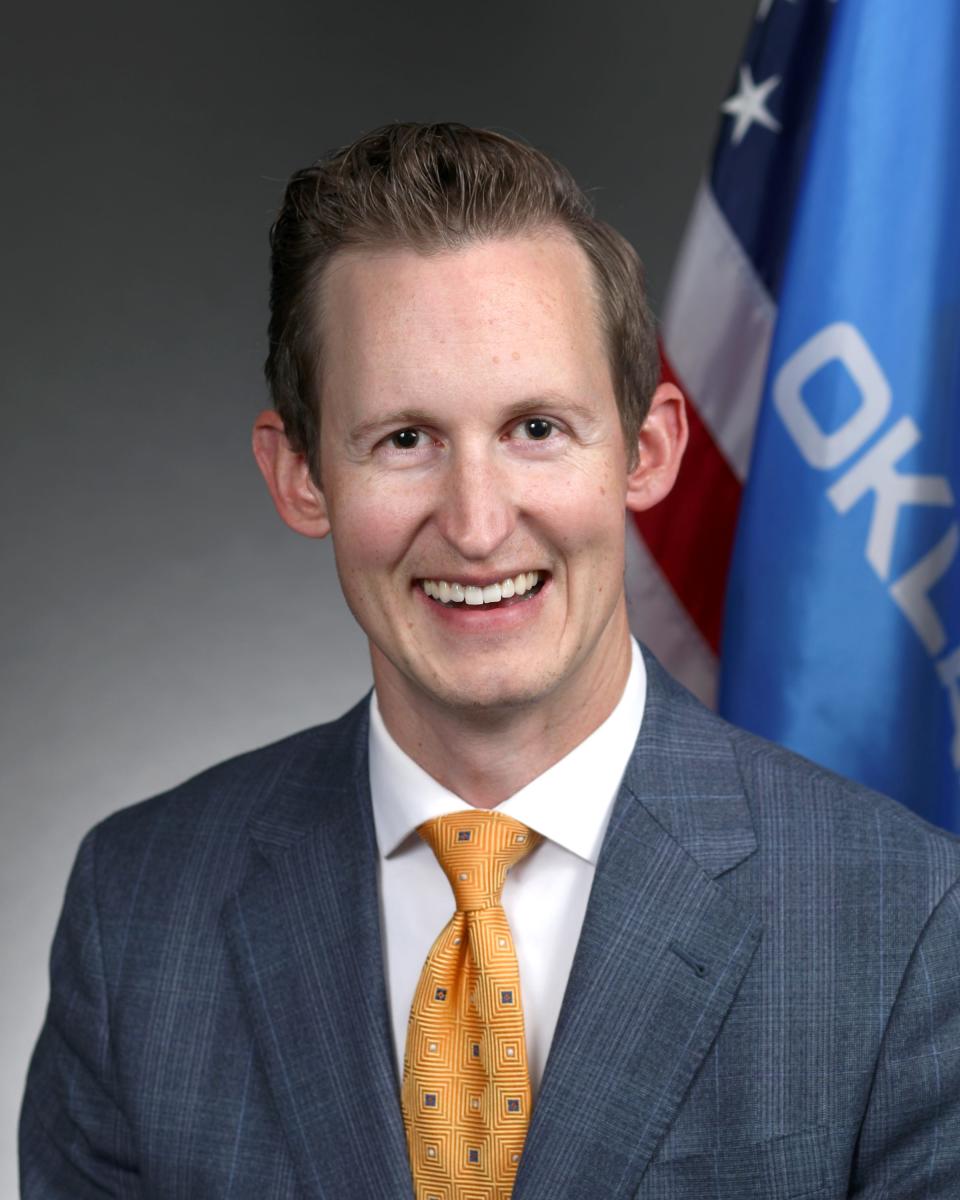Guest column: Oklahoma's aviation industry can help students launch careers
- Oops!Something went wrong.Please try again later.
- Oops!Something went wrong.Please try again later.
Perhaps our most important responsibility as Oklahomans is to educate our youths and prepare them to have a successful career in whatever arena makes them happy. We want to see our children grow up and be able to succeed right here in the place we love so much.
Norman is being provided with an amazing opportunity to do just that with the Oklahoma Aviation Academy. The aviation and aerospace industry is our state’s second-largest and fastest-growing sector, with more than 120,000 direct employees and almost $44 billion of annual economic activity.
Aviation and aerospace have a rich history in Oklahoma, dating back to the days of Wiley Post, Clyde Cessna, Bessie Coleman and Pearl Carter Scott. Oklahoma is considered one of seven centers in the world for the maintenance, repair and overhaul (MRO) of aircraft, since we have both the largest military (Tinker Air Force Base) and civilian (American Airlines) MRO facilities located here.
Why is aviation and aerospace so important to Oklahoma, and why visit about it in conjunction with our education system? Because this industry has the potential to diversify Oklahoma’s economy dramatically. Our industry in Oklahoma is stable, with a healthy mix of public- and private-sector companies. Growing it can help us better weather our state’s economic booms and busts. But to do that, we need a workforce that’s educated and trained in the industry. That’s a challenge, not only in Oklahoma, but across the nation. Pilot shortages causing flight delays, mechanic shortages, ground worker shortages affecting aircraft turnaround time ― are just a few headlines from the commercial airline industry we’ve seen in recent months. It doesn’t begin to touch what the rest of the industry ― whether MRO or new manufacturing, public/government sector or private company, large multinational organizations or small local businesses ― is facing. We simply don’t have enough aviation and aerospace workers.
Oklahoma is accepting the challenge. Last summer, more than 200 teachers and industry personnel gathered at the National Weather Center in Norman for the Oklahoma Aeronautics Commission’s inaugural AERO Education Summit. They learned 57 Oklahoma school districts had agreed to teach the Aircraft Owners and Pilots Association’s “You Can Fly” four-year high-school curriculum, which introduces students to aviation concepts and prepares them for careers or further education after they graduate. Norman Public Schools (NPS) was among that group, but went a step further in its approach to aviation and aerospace education, creating the Oklahoma Aviation Academy ― a full-immersion, aviation-based high school that includes partnerships with the University of Oklahoma and the Moore Norman Technology Center. The vision for the OAA was created by Rick Nagel, a member of the OU Board of Regents, the owner of Acorn Growth Cos. and a longtime leader in the state’s aviation and aerospace industry.
The OAA will prepare students for aviation and aerospace careers using a new model for education that’s unique not just for the region, but for the nation. It will be one of only a handful of full-immersion aviation high schools in the U.S. The next step is to build a fully integrated learning center for the OAA at Max Westheimer Airport. NPS is hopeful that its upcoming bond proposal on Feb. 14 will provide the necessary funding to partner with existing ARPA allocations provided by the state Legislature to bring this concept to reality. The OAA will help students in Norman see the many potential education pathways they can take as they learn about aviation and aerospace and how to apply those educational skills to suit the career field they desire. Careers ranging from aerospace and mechanical engineers, to maintenance technicians, pilots, drone operators, air traffic controllers, software developers and many others are available to students who want to join this industry. These are good-paying jobs, with an average annual salary of more than $73,000. The best news is, there’s a wide range of careers ― some that require college degrees, others that require 12-18 months at a Career Tech program and some that require just a high school diploma.
These careers will allow our students to remain in Oklahoma after they’ve completed their education, raise a family, enjoy a good quality of life, continue the Oklahoma standard we’re so proud of and be a part of what is the most exciting industry our state has to offer.

Grayson Ardies is the director of the Oklahoma Aeronautics Commission and a member of the OAA Board of Advisors.
This article originally appeared on Oklahoman: Guest: Oklahoma's aviation industry can help students build careers

